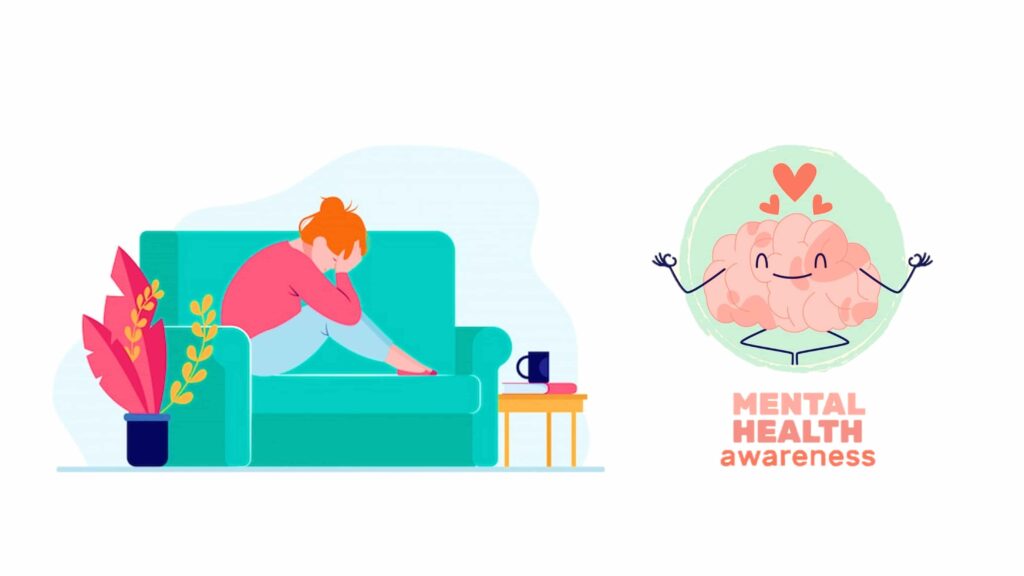Post-traumatic stress disorder (PTSD) is a mental health condition that can be triggered by a terrifying event — either experiencing or witnessing it.
PTSD can be extremely disabling and make it difficult to continue with everyday life. It can affect people of all ages, including children. However, with the right treatment and support, most people with PTSD can manage and reduce their symptoms.
If you wish to know what the symptoms of PTSD are so you can get the right PTSD treatment in Austin, this post is for you.
What is PTSD?
Post-traumatic stress disorder (PTSD) can occur after someone has been through a traumatic event. A traumatic event is something horrible and scary that you see, hear about, or that happens to you. During this type of event, you think that your life or others’ lives are in danger. You may feel afraid or feel that you have no control over what is happening. You may also feel stressed and afraid even when you are not in danger.
PTSD can happen to anyone. It is not a sign of weakness. A number of factors can increase the chance that someone will develop PTSD after a traumatic event, such as how bad the event was or how long it lasted.
Different Symptoms of PTSD
PTSD is majorly a short-term condition but there are a few patients who show symptoms in the long run due to ongoing PTSD.
The symptoms also vary in degrees of severity and can be mild or extremely severe. They become noticeable within 3 months of the traumatizing incident but sometimes can be triggered after several years as well.
Here are the various symptoms that a person with post-traumatic stress disorder may show.
- 1. Having flashbacks of the trauma over and over that leads to sweating and anxiety.
- 2. Having nightmares about traumatic events.
- 3. Avoid places, events, or objects that remind the patient of the traumatic experience.
- 4. Avoiding thoughts or any feelings related to the traumatic incident and refusing to discuss the incident.
- 5. Getting easily startled by loud noises.
- 6. Feeling tense or having angry outbursts too frequently.
- 7. Having difficulty falling asleep.
- 8. Being unable to recall the details of the traumatic event.
- 9. Having negative thoughts about oneself.
- 10. Losing interest in fun activities, social interactions, and acting aloof.
- 11. Slipping into depression or substance abuse.
Read More – Causes, How to Stop Finger Twitching, Thumb, Middle & Pinky Finger?
It is natural to have experienced some of these symptoms for a few weeks after a traumatic event but is not a sign of PTSD. But if these symptoms last more than a month and seriously affect one’s ability to lead a normal life, it might be PTSD.
All these symptoms may start slowly and worsen over time if the person does not receive PTSD treatment in time. So if you notice these symptoms, it’s best to seek professional care right away.
Some people with PTSD don’t show any symptoms for weeks or months.
Treatments Available For PTSD
The duration of this illness varies as some people recover within 6 months, while others have chronic symptoms. But seeking treatment right away is important to make a full recovery.
PTSD can be diagnosed by a psychiatrist or psychologist. You can ask your primary care provider to help you find the right doctor to diagnose PTSD. Every case is different so one or more of these treatments can be used to treat PTSD.
1. Cognitive Behaviour Therapy:
CBT or talk therapy is one of the most common treatments for mental health disorders like PTSD. It helps the patient express their feelings in a safe space and learn techniques to deal with their trauma in a healthy way. It can be done individually, in a group, or with family.
2. Medication:
There are various medications like anxiety pills, sleeping pills, and hormone-boosting drugs that can help treat symptoms of PTSD so that patients feel better.
3. Exposure Therapy:
This therapy gradually exposes the patient to the traumatic event with help of writing, imagination, or even revisiting the place where the event happened to help them cope with their feelings and reduces fear related to the event.
3. Ketamine Therapy:
Ketamine is an FDA-approved drug that has shown some impressive results in patients dealing with PTSD. It is an anesthetic drug delivered through intravenous infusion. But when administered in mini doses, it helps patients with recover from depression and lead a full life once again.
The drug starts working almost immediately and the effect lasts a long time. It is also effective in cases where patients are resistant to medication. Not all patients are good candidates for Ketamine Therapy.
So if you need PTSD or chronic pain treatment in Austin, Tx, you can visit the Austin Ketamine Specialists clinic for more information.
Dr. Paul Foster and his team of experts will work with your healthcare provider to find out if ketamine therapy can help treat your PTSD. So call up their clinic or visit their website right away to book a free consultation for Ketamine Therapy.
Read More – How to Save Money on Diabetes Care, Medication and Supply


